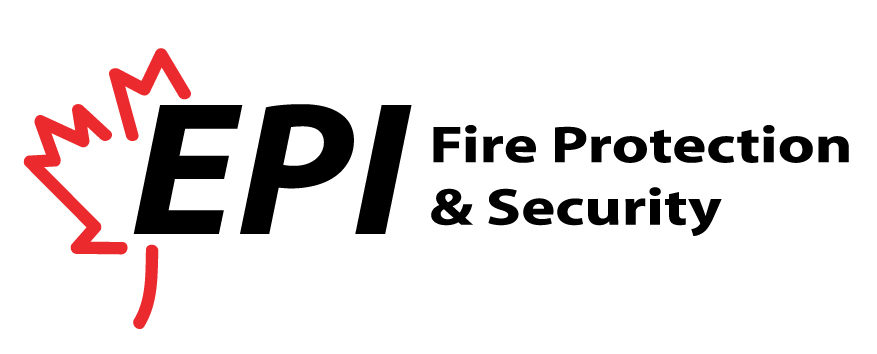The Ontario Building Code requires that every new building more than three stories tall require a sprinkler system.
There are four types of sprinkler systems: wet, dry, pre-action and deluge. We are going to focus on the more commonly used systems, wet and dry.
With a wet sprinkler system, the piping connecting the system’s sprinklers are filled with water. If there was a fire, the sprinklers would activate, and water would immediately come out of the sprinkler heads.
Wet sprinkler systems are easier and cheaper to install and maintain. Wet Systems are much more commonly-used than dry systems, especially with households and small businesses. It is the most reliable type of sprinkler system and easy to modify.
Ever wonder what the difference between a wet sprinkler system and a dry sprinkler system is? #TheMoreYouKnow https://t.co/4vl5Qt7pO8
— EPI Fire Protection (@EPI_FPS) January 9, 2018
A dry sprinkler system is only used in environments exposed to sub-zero temperatures such as parking garages or walk-in refrigerators. Because the water in a wet sprinkler system would freeze and cause extensive damage to the pipes, a dry sprinkler system uses nitrogen or pressurized air, which holds back the water in a pipe valve. When the system is activated, the air pressure drops and the water is released into the system and through the sprinklers.
Because dry sprinkler systems are designed for more complex settings, they are much more costly and difficult to maintain. It also takes a bit longer for the water to be released since it has to travel from the valve through the piping and sprinklers.
Of course, EPI Fire Protection Inc. has a team of experienced and licensed personnel capable of maintaining all types of sprinkler systems. Visit epi-fps.ca to request a quote, or call us at (416) 746-2225.
